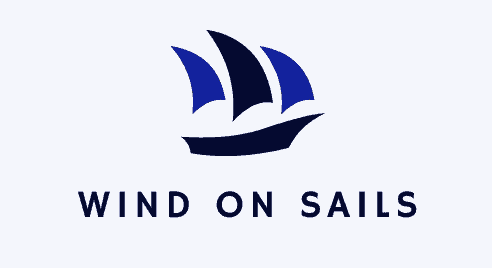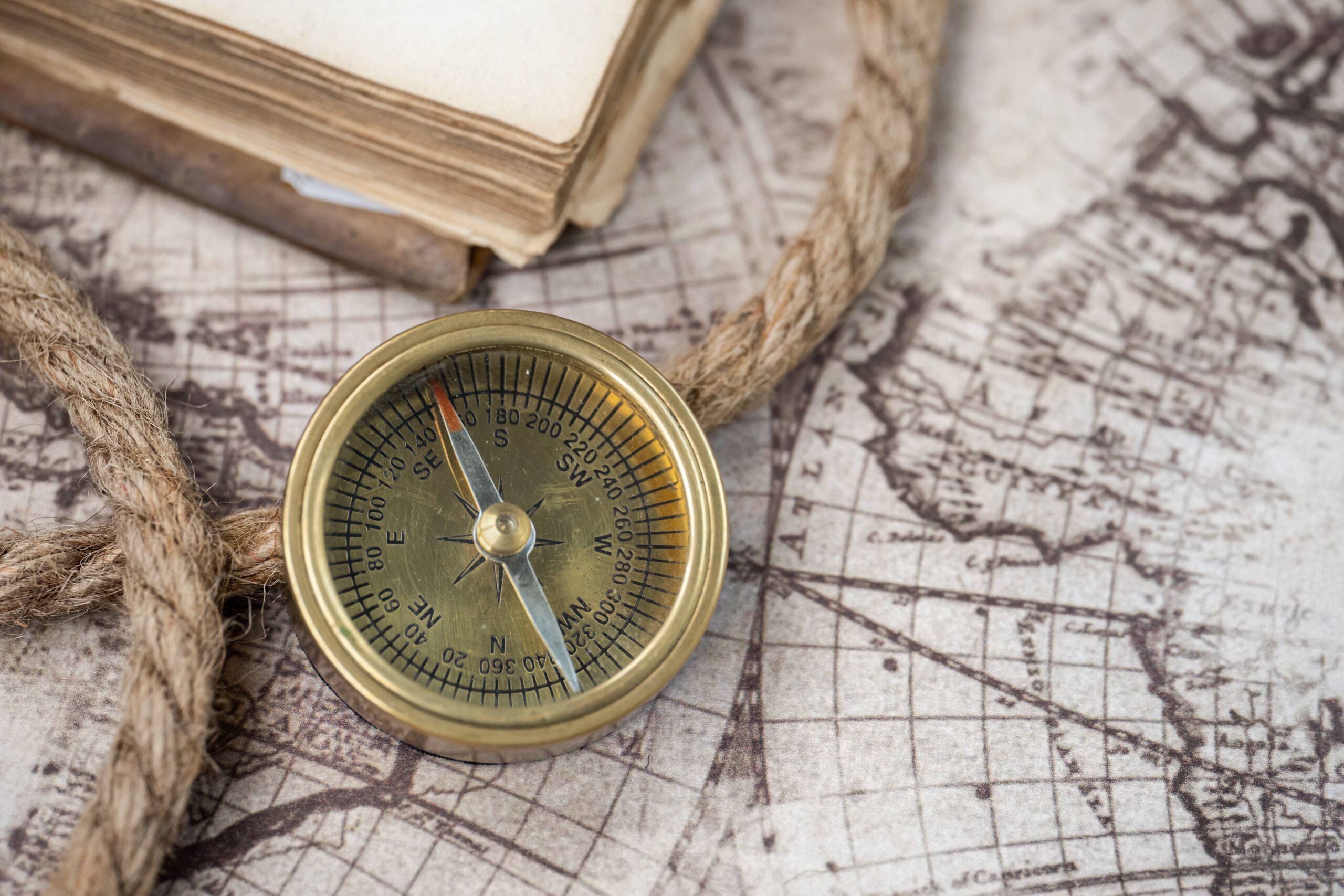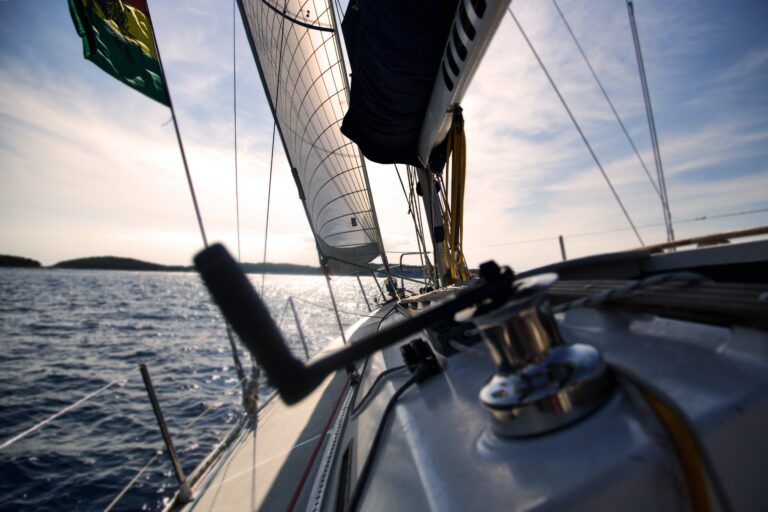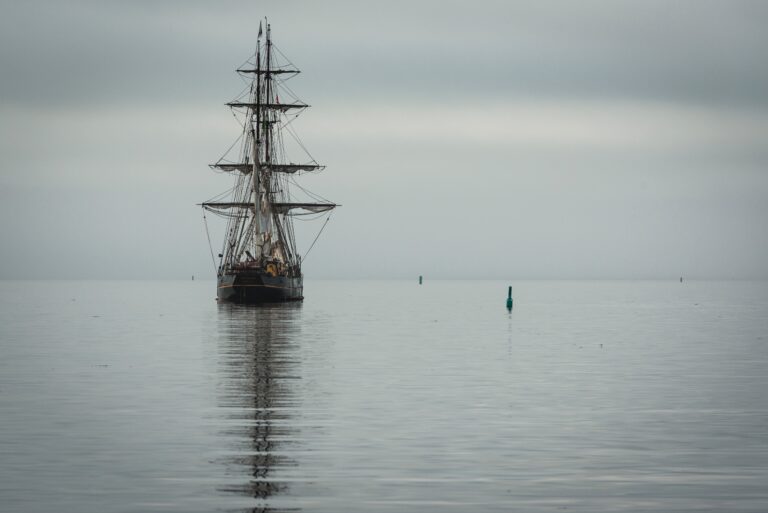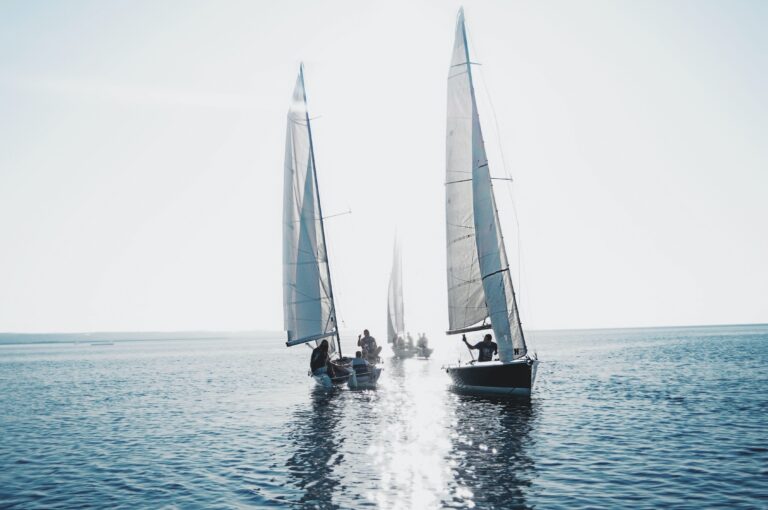Sailing has been an integral part of human history for centuries, enabling exploration, trade, and adventure across the vast oceans. Sailing Navigation has allowed sailors to traverse the seas safely and efficiently. In this blog post, we will delve into the fascinating world of modern sailing navigation, exploring the advancements and techniques that have revolutionized the way sailors navigate their vessels.
Table of Contents
Charting a Course: Electronic Chart plotters and GPS
One of the most significant advancements in sailing navigation has been the advent of electronic chart plotters and GPS (Global Positioning System). These systems have replaced traditional paper charts and compasses, providing sailors with real-time positioning and accurate navigational information. Electronic chart plotters display digital charts, allowing sailors to plot their course, mark waypoints, and avoid hazards with ease. GPS technology enables precise positioning, making it easier for sailors to track their location and progress along a planned route.
The Power of AIS: Automatic Identification System
The Automatic Identification System (AIS) is a valuable tool for modern sailors. AIS transponders, installed on vessels, exchange critical information such as position, speed, and heading with other AIS-equipped vessels and shore-based stations. This system enhances situational awareness, helping sailors identify nearby vessels and potential collision risks. By receiving AIS data, sailors can make informed decisions, adjust their course if necessary, and maintain a safe distance from other ships.
Harnessing the Winds: Weather Routing and Predictive Technology
Understanding weather patterns and harnessing wind conditions are essential for successful sailing navigation. Modern sailors can leverage advanced weather routing software and predictive technology to optimize their routes and take advantage of favourable winds. These tools analyse weather data, including wind speed, direction, and atmospheric conditions, to suggest the most efficient and fastest course. By incorporating this information into their navigation plans, sailors can improve speed, reduce fuel consumption, and enhance overall safety.
Electronic Navigational Instruments: Depth Sounders and Radar
In addition to chart plotters and GPS, electronic navigational instruments such as depth sounders and radar play a crucial role in modern sailing navigation. Depth sounders use sonar technology to measure water depth beneath the vessel, allowing sailors to navigate shallow areas and avoid running aground. Radar systems emit radio waves and detect their reflections to identify nearby vessels, land masses, and other potential obstacles even in reduced visibility conditions. These instruments provide sailors with valuable information to navigate safely, especially during night-time or adverse weather conditions.
Integrating Navigation Systems: Networked Instruments
With the advent of networked instruments, sailors can now integrate multiple navigation systems into a single cohesive unit. Networked instruments allow for seamless communication between various devices, such as chart plotters, radars, AIS, and autopilot systems. This integration streamlines data sharing, improves accuracy, and enhances the overall efficiency of navigation. Sailors can now access all pertinent information on a single display, reducing the risk of information overload and making navigation more intuitive.
Summary
Modern sailing navigation has undergone a remarkable transformation with the emergence of advanced technologies and instruments. From electronic chart plotters and GPS to AIS and predictive weather routing, sailors now have an array of tools at their disposal to navigate the seas with confidence. These innovations have not only enhanced safety but also optimized sailing efficiency, allowing sailors to embark on longer journeys and explore new horizons.
While embracing these modern techniques, it is important to remember the significance of traditional navigation skills and knowledge. The integration of modern and traditional methods can provide a comprehensive approach to sailing navigation, ensuring a rich and rewarding experience for sailors around the world. So, hoist your sails, embrace the power of technology, and set a course for exciting adventures on the open seas!
